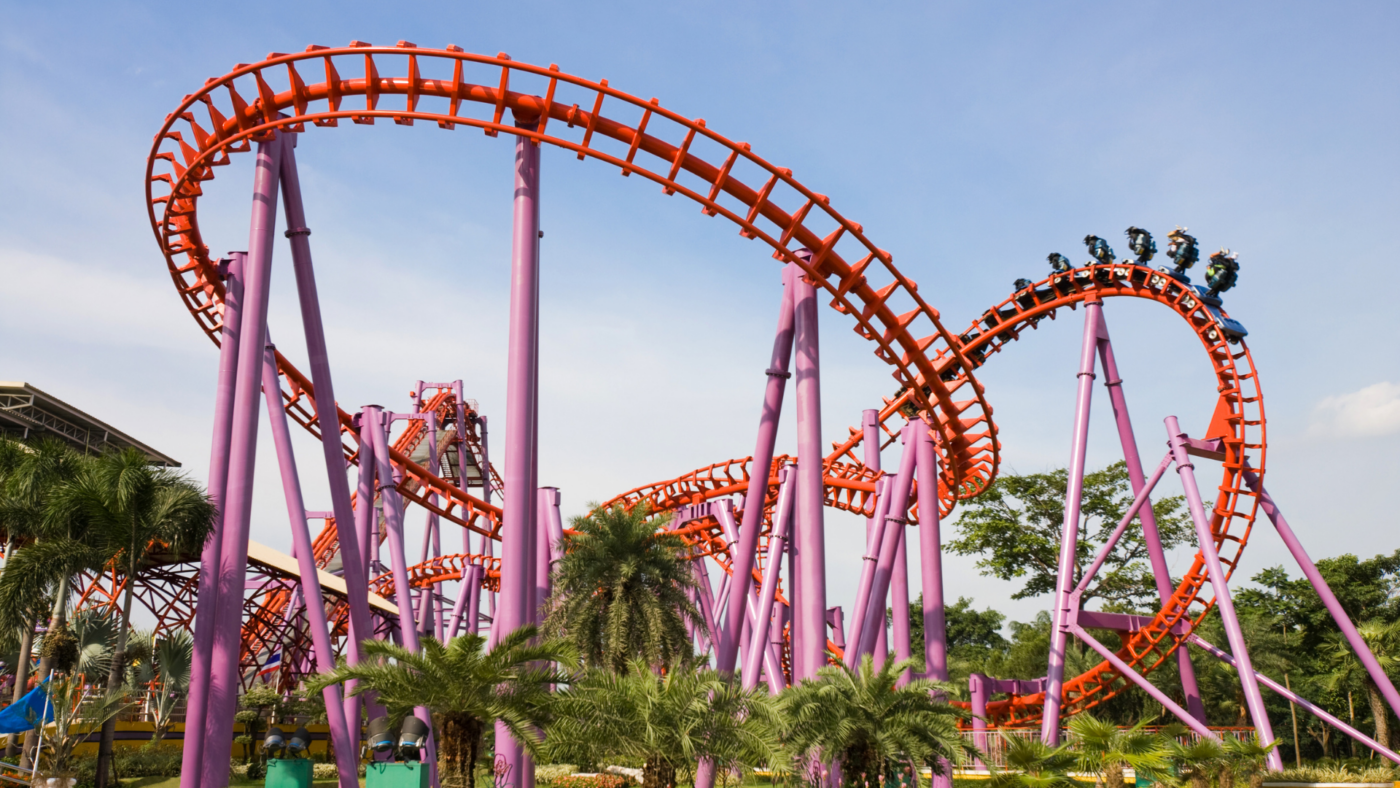The live entertainment industry is one of those most affected by Covid-19. The year 2020 has closed the shutter of the dozens of parks that constitute one of the most important columns of entertainment in Italy. In 2019, the sector had generated 420 million euros in revenues for a total of 20 million visitors from Italy and 1.5 million arrivals from abroad with a further impact on restaurants, transportation, merchandising and hotels (the estimated value rises to 1 billion euros, as stated by the association of permanent parks in Italy).
If in the long term, the hope is to see this sector at the core of the Italian touristic system, with the most appreciated parks working synergistically to become “Destination” and therefore centre in a coordinated tourist flows; in the short term, it is necessary to look at more effective and easily applicable solutions to recover turnover and marginality.
Amusement parks: dynamic pricing, 3 advantages
According to the major companies specializing in pricing, the most effective solution is the application of dynamic pricing algorithms that allow flexible pricing, monitoring in real-time all those variables (from weather to the trend of contagions) that can impact the tickets demand. It’s a solution that Premoneo has also supported since 2017, but there are 3 main reasons to choose dynamic pricing today, in this economic situation:
- It allows you to predict audience behaviour and react quickly to changes Dynamic pricing, also known as surge pricing or demand-based pricing, is a flexible pricing strategy that allows companies to dynamically change their prices based on different market conditions. The last year and a half have taught us that, never as in this moment, market conditions are characterized by great volatility that requires a great ability to react and modify prices to take advantage of peaks in demand and to be able to stimulate sales in stagnant moments.
- Allows you to increase profits in a short period Dynamic pricing is native to highly competitive markets where companies have low margins, such as the air transport market, so not exactly the situation for amusement parks. Rising costs to ensure a high standard of sanitation, decreasing capacities, increased competition, travel restrictions and several other factors have also brought parks into a scenario that is increasingly similar to that of the airline. The need to generate revenue quickly to avoid collapse finds a valuable ally in dynamic pricing. A correct dynamic pricing strategy, with wise coordination of tools such as communication and e-commerce, can guarantee extra revenues of up to 30% on peak days.
- Distribute demand and avoid overcrowding Improving the visitors distribution throughout the day and week is a very sensitive goal at this time, where less overcrowding of your venue contributes positively to the perception of the value of the experience and the willingness to pay of customers. If the distribution of visitors is not balanced enough, it can lead to crowded scenarios on peak days, and unmet demand on other days, resulting in a negative guest evaluation in both scenarios. This effect can be easily mitigated with the use of dynamic pricing, using prices as leverage, changing them following the different factors that influence the distribution of visitors (demand, availability, weather, traffic, seasonality, and so on). By offering different prices on different days of the week, or even at different times of day, you offer a compelling reason for the public (which has a different price elasticity) to distribute bookings throughout the week.


